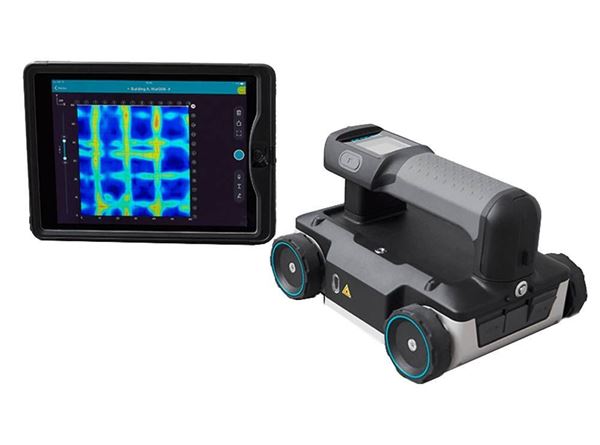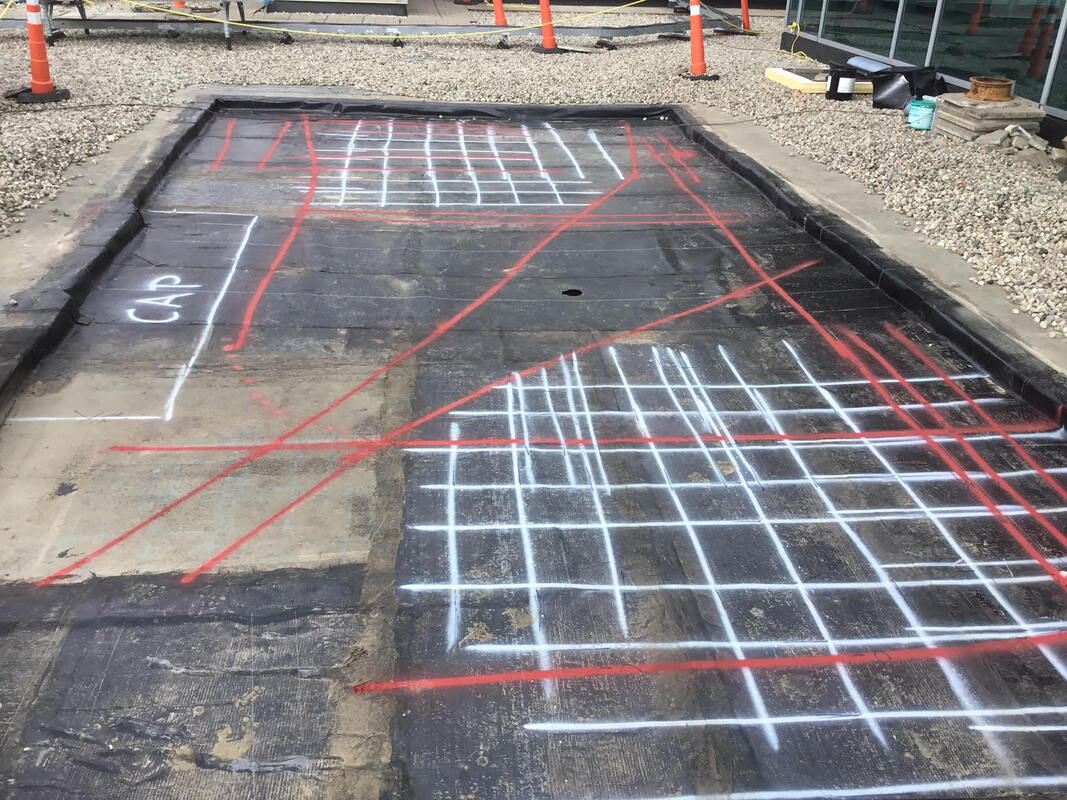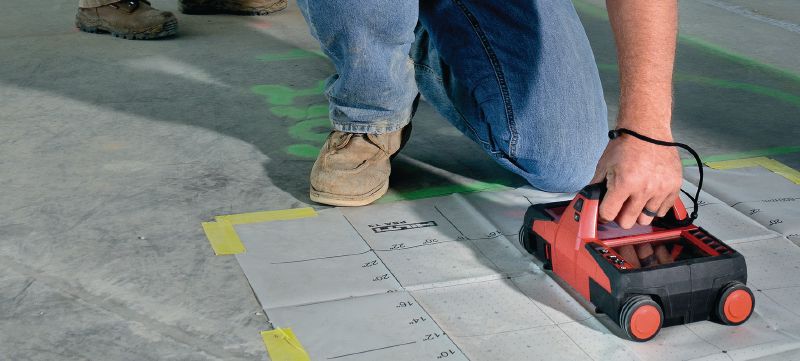Comprehensive Overview to Concrete Scanning Technologies
Comprehensive Overview to Concrete Scanning Technologies
Blog Article
Unveil the Transformative Power of Concrete Scanning in Making The Most Of Performance and Safety And Security
Concrete scanning has actually become a critical tool in the building market, supplying unmatched benefits in improving job efficiency and guaranteeing security standards. By utilizing innovative innovation, concrete scanning enables specialists to see beyond the surface area, uncovering covert intricacies that can affect the structural honesty of a structure. The transformative power of concrete scanning hinges on its capacity to supply in-depth understandings and real-time data, transforming how jobs are intended and carried out. As we look into the ins and outs of this cutting-edge strategy, a world of opportunities opens up, showcasing a brand-new age of construction practices that focus on precision and protection.
Value of Concrete Scanning
Making sure the structural stability and safety and security of construction projects starts with the critical step of conducting extensive concrete scanning. Concrete scanning is a non-destructive method made use of to identify and map subsurface components within concrete frameworks.
The value of concrete scanning can not be overemphasized, as it plays a crucial duty in stopping crashes, reducing task delays, and guaranteeing the lasting resilience of the building and construction. By recognizing potential threats before the construction phase starts, contractors can apply suitable precaution and make informed choices concerning the layout and execution of the job. Additionally, concrete scanning assists in optimizing project timelines and budget plan by avoiding unforeseen prices and delays that may emerge due to unexpected blockages within the concrete. Eventually, purchasing thorough concrete scanning is an aggressive approach that improves both effectiveness and safety and security in construction jobs.
How Concrete Scanning Works
Concrete scanning operates as an important tool in building tasks by employing advanced technologies to find and map subsurface components without creating architectural damage. Ground Permeating Radar (GPR) and Electromagnetic Induction (EMI) are 2 key approaches made use of in concrete scanning. GPR jobs by discharging high-frequency radar pulses into the surface area, which get better when they encounter subsurface things or voids. The moment taken for the signal to return shows the depth and location of the items. EMI, on the other hand, makes use of electromagnetic areas to determine variances in product structures, such as recognizing rebar or channels within concrete structures.
Throughout the scanning procedure, the data accumulated is analyzed in real-time, permitting immediate recognition of potential risks or obstacles under the surface. By using these advanced modern technologies, concrete scanning significantly decreases the danger of costly problems and injuries on construction sites.
Benefits of Concrete Scanning
One of the primary advantages of concrete scanning is the capability to find and find embedded objects such as rebar, post-tension cable televisions, and conduits properly. Concrete scanning helps in preparation and designing more efficiently, as it provides accurate information about the place and depth of architectural elements.

Study: Concrete Scanning Success

In another situation, a building and construction business made use of 3D concrete scanning to analyze the condition of aging concrete frameworks in a historical building. The thorough scans provided useful understandings right into the extent of degeneration and aided focus on upkeep efforts efficiently. By proactively attending to locations of problem recognized through scanning, the company was able to prolong the life-span of the framework and ensure resident safety and security.
These case research studies emphasize the transformative power of concrete scanning in enhancing efficiency, accuracy, and safety in building jobs.
Applying Concrete Scanning in Projects
Executing sophisticated scanning modern technologies throughout construction jobs has actually become increasingly vital for boosting accuracy and safety. By incorporating concrete scanning into job planning and execution, construction groups can identify prospective risks, such as rebar or post-tension cable televisions, hidden within concrete structures. This aggressive strategy reduces the risk of crashes, hold-ups, and expensive rework, eventually resulting in much more efficient project timelines and spending plans.
To apply concrete scanning successfully, job managers should collaborate carefully with skilled scanning professionals to figure out the most suitable scanning methods for the certain job demands. Engaging scanning experts from the early phases of a task allows the group to produce detailed scanning strategies that deal with essential locations of worry and make certain extensive data collection.
Furthermore, incorporating concrete scanning into regular task operations can moved here enhance decision-making procedures, as real-time his explanation scan data provides prompt understandings into the condition of concrete frameworks - Concrete Scanning. This data-driven technique assists in notified analytical and enables groups to make changes quickly, fostering a society of effectiveness and security throughout the job lifecycle

Verdict
To conclude, concrete scanning plays an essential function in enhancing effectiveness and safety and security in building tasks. By utilizing sophisticated modern technology to discover and map out underlying frameworks within concrete, this process helps to avoid costly blunders, make sure architectural honesty, and minimize threats on site. With the capacity to uncover concealed elements and offer exact information, concrete scanning verifies to be an important device for enhancing job end results and optimizing total success.
Concrete scanning is a non-destructive approach utilized to find and map subsurface components within concrete frameworks. Furthermore, concrete scanning assists in enhancing job timelines and budget plan by avoiding unexpected costs and delays that may occur due to unanticipated blockages within the concrete. One remarkable case study includes a massive improvement project where concrete scanning played an essential duty in ensuring job success.In one more case, a construction company made use of 3D concrete scanning to analyze the problem of maturing concrete frameworks in a historic building. By incorporating concrete scanning right into job planning and execution, building and construction groups can determine potential threats, such as rebar or post-tension wires, concealed within concrete structures.
Report this page